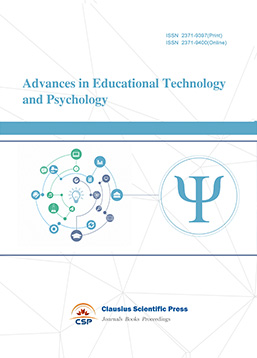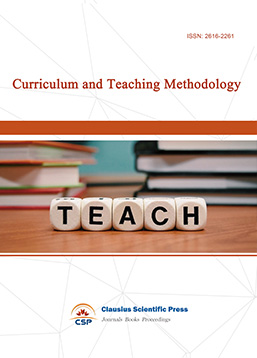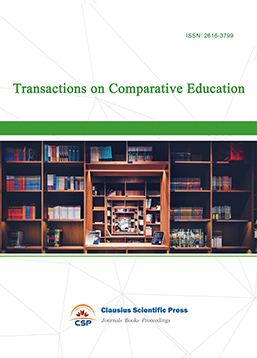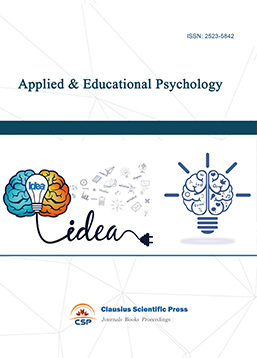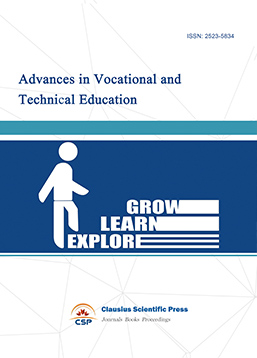Big Data and AI Technology in Language Education: Refined Applications and Strategies for Enhancing Educational Quality
DOI: 10.23977/aduhe.2025.070209 | Downloads: 24 | Views: 600
Author(s)
Junwen Lu 1
Affiliation(s)
1 School of Foreign Language Study, China University of Petroleum (East China), Qingdao, 266580, China
Corresponding Author
Junwen LuABSTRACT
Global language education is faced with the challenge of uneven distribution of resources and significant quality differences, especially in developing countries, where the backwardness of teachers and teaching methods exacerbates the educational gap. The rise of artificial intelligence (AI) and big data technology provides a new path for optimizing language education: machine learning is used to analyze learning behaviors to customize personalized paths, natural language processing (NLP) is used to achieve grammar error correction and pronunciation feedback, and intelligent recommendation systems are used to improve resource matching efficiency. Case studies have shown that platforms such as Duolingo and Baicizhan improve learning through dynamic difficulty adjustment, real-time feedback, and spaced repetition.In addition, precision teaching strategies include dynamic content adjustment, automated assessment, and data-driven instructional decisions to help teachers identify weaknesses and optimize curriculum design in real time. These technologies not only enhance the pertinency of language competence training, but also provide practical solutions for promoting global education equity and innovation, and promote the transformation of language education into intelligent and personalized.
KEYWORDS
Language Education; Artificial Intelligence (AI); Big Data; Personalized Learning; Educational EquityCITE THIS PAPER
Junwen Lu, Big Data and AI Technology in Language Education: Refined Applications and Strategies for Enhancing Educational Quality. Adult and Higher Education (2025) Vol. 7: 52-55. DOI: http://dx.doi.org/10.23977/aduhe.2025.070209.
REFERENCES
[1] Zhang Zhigong. (1979). Key Issues in Language Education. Journal of Anhui Normal University (Philosophy and Social Sciences), (3), 25-30+45. DOI:10.14182/j.cnki.j.anu.1979.03.005
[2] Cui Xiliang. (2024). Artificial Intelligence: Opportunities and Challenges in Language Teaching. Chinese Language Teaching and Research, (2), 20-29. DOI:10.16131/j.cnki.cn44-1669/g4.2024.02.008
[3] Cao Jin & Deng Xiangjiao. (2019). The Impact of "Baicizhan" on College Students' English Vocabulary Learning from a Mobile Learning Perspective. Technology Enhanced Foreign Language Education, (3), 43-48. DOI:10.20139/j. issn.1001-5795.2019.03.007
[4] Wang Qi, et al. (2018). Learning Transformation in the Mobile Era: An Interview with Dr. Mohamed Ally, Mobile Learning Expert at Athabasca University. Modern Distance Education, (3), 97-104. DOI:10.13927/j. cnki.yuan. 2018.0034
[5] Zou Lei & Zhang Xianfeng. (2012). Artificial Intelligence and Its Applications. Information Network Security, (2), 11-13.
[6] Feng Guangyi. (2011). On Language Ecology and Language Education. Journal of Hubei Normal University (Philosophy and Social Sciences), 31(2), 22-25.
[7] Guo Xi. (2003). Perspectives on Key Issues in Language Education. Language Teaching and Linguistic Studies, (3), 28-33.
| Downloads: | 22176 |
|---|---|
| Visits: | 1244495 |

 Download as PDF
Download as PDF